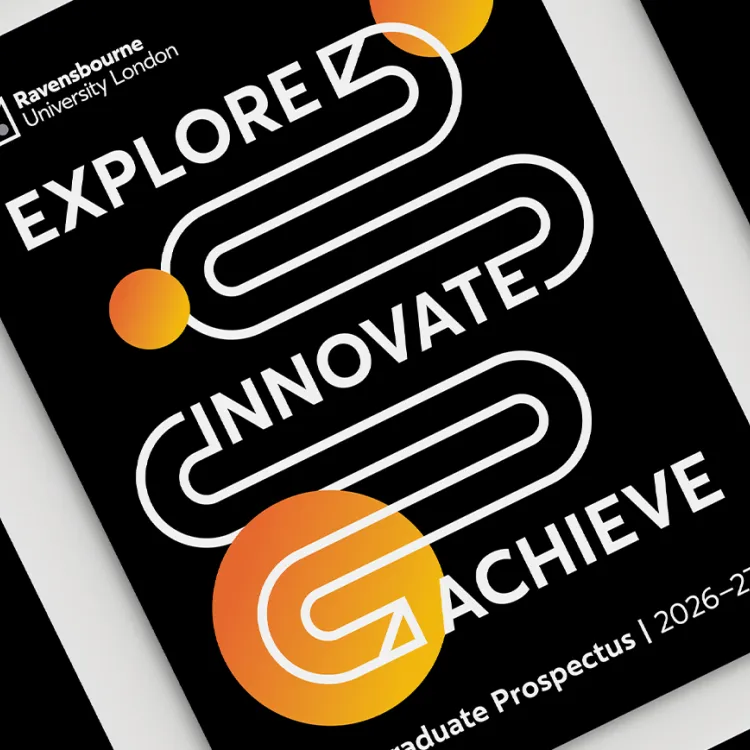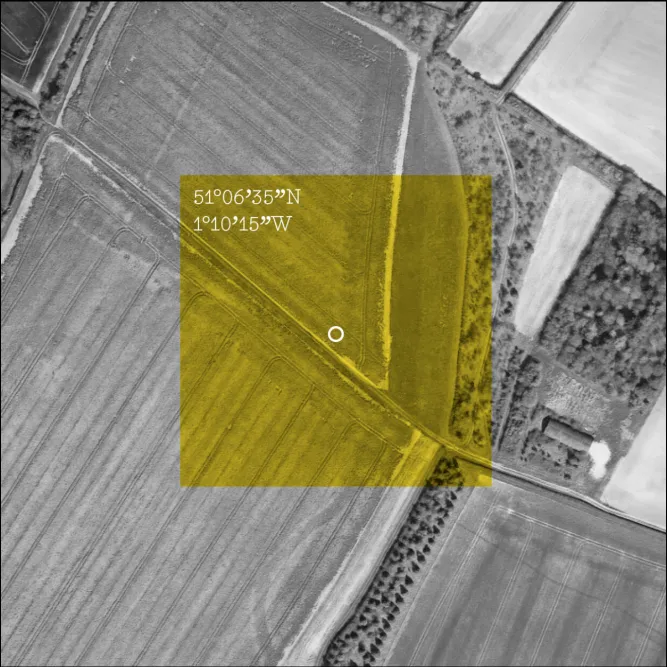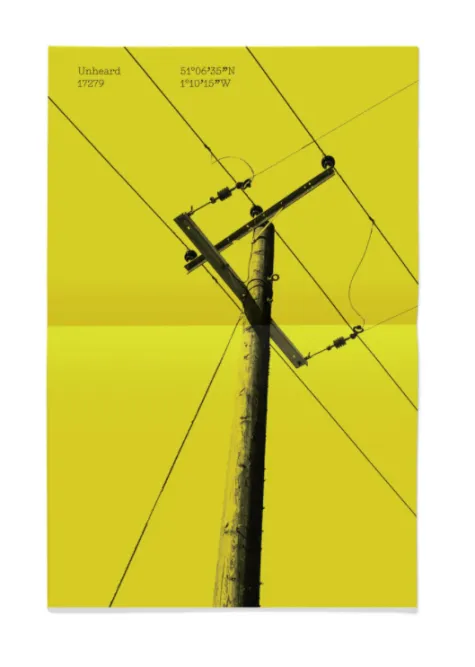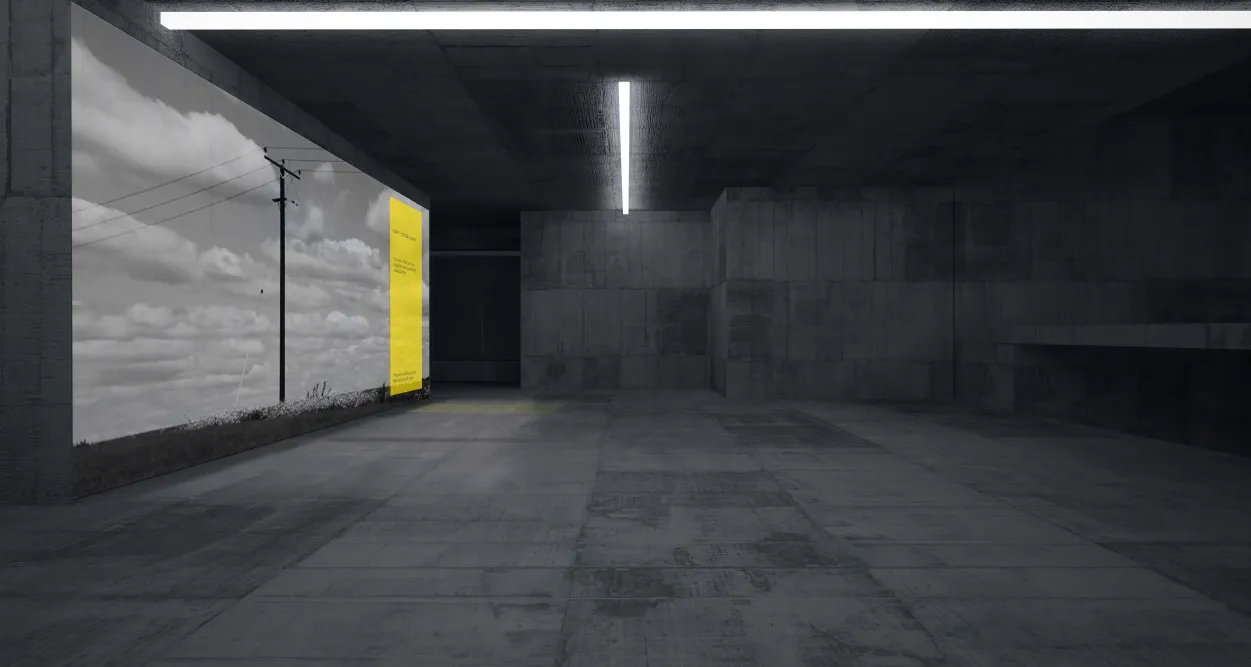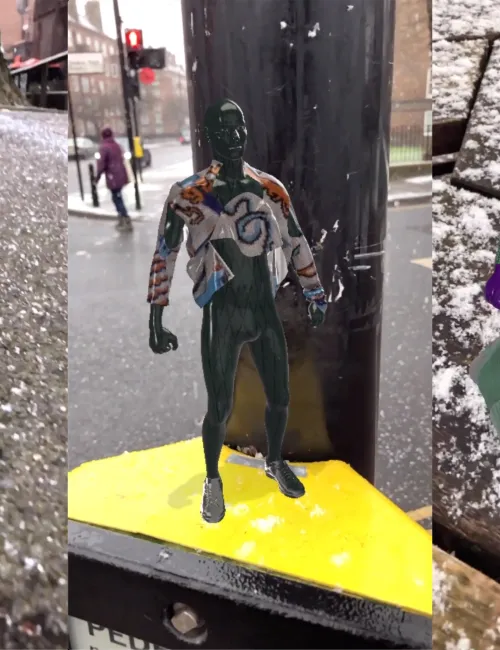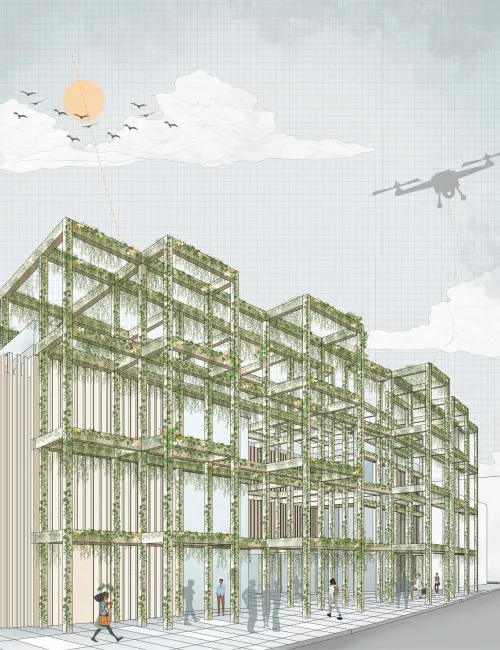Student’s sound recordings reveal hidden depths of the English countryside
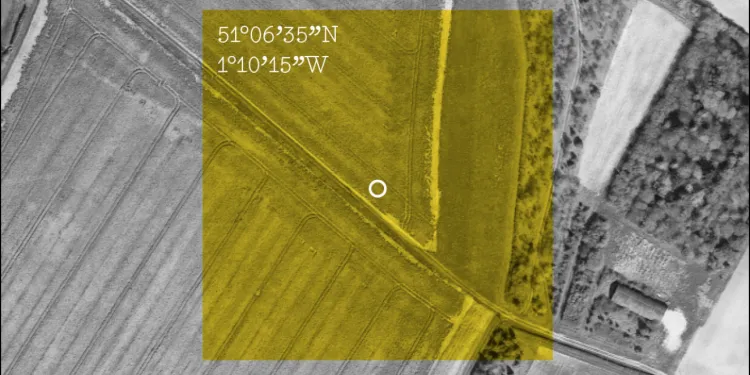
A Ravensbourne BA (Hons) Music and Sound Design alumnus has created an incredible soundscape of hidden sounds that allows listeners to experience the English countryside like never before.
Charlie Carroll, who graduated in 2020, created ‘Unheard – 17279’, named after the 17279 telegraph pole. The recordings that make up the soundscape were all captured within the vicinity of this telegraph pole, which is located on a hill ‘in the middle of the English countryside’.
Made using specialist microphones, they reveal a hidden layer of the English countryside that is usually inaudible to the human ear. It includes the sound of barley sheaths swaying together, birds landing on telegraph pole wires and the electromagnetic fields of the pylon and nearby mobile phones.
Charlie used a combination of contact microphones and homemade electromagnetic coil microphones to capture them. They have been compiled into a soundscape that fades the sounds in and out randomly to mimic nature, set against a gently moving image of the telegraph pole and its surroundings.
Charlie first started exploring electromagnetic sounds within our Ravensbourne building. ‘Unheard 17279’ was preceded by a similar installation called ‘The Unheard’, which compiled electromagnetic recordings made in London tube stations, Manhattan and other city locations.
“My interest in sonifying what we can’t hear started with the idea that we are encapsulated in a dense ‘sea’ of different electromagnetic frequencies,” Charlie told the Ravensbourne news team. “This led me to explore electromagnetic coil microphones, which interfere with anything that has an electromagnetic field.
“I went back to my parents’ house for the lockdown, which is in the countryside. One of the things that stood out to me was how quiet everything was due to the current lack of traffic. I frequently took my dog on a walk through agricultural fields and in one section there are a series of telegraph poles that support electricity cables between villages.
“This gave me the idea of making some field recordings of the area. I started to get some inspiring results – birds landing on cables, people passing by foot or cycle, sheaves of barley banging together in the wind – which translated into sounds that were percussive, static laden and industrial sounding. I then made a Max MSP patch which randomly generates the atmosphere.”
Christos Manolas, course leader for Music and Sound Design, said: “Many of Charlie’s projects have a strong experimental aspect, which requires out-of-the-box thinking and a positive attitude towards solving problems. One of the best examples of his ability to turn challenges and limitations into works of art is ‘Unheard 17279’.
"The global lockdown mandates found Charlie at a point where he was developing his ideas about a project exploring frequencies outside the direct audible spectrum of humans. Given that his ability to use facilities and equipment was severely compromised, he managed to turn the limitations of the lockdown into an opportunity to explore what was available to him as a working material: usually inaudible sounds in the unnaturally silent environments created by the lockdown. ‘Unheard 17279’ is an excellent example of both Charlie’s adaptability and his confidence in exploring new ways to work with audio in a creative context.”
